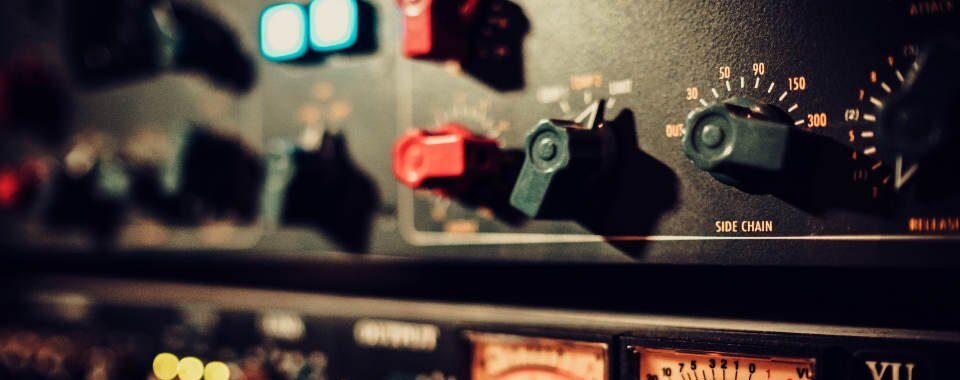
Installing an audio system—whether in a home, office, restaurant, or retail space—can greatly enhance the environment when done right. However, poor planning or execution can lead to disappointing sound quality, wasted investment, and frustration. Understanding the most common audio installation mistakes can help ensure a professional-grade setup that performs flawlessly from day one.
One of the biggest mistakes is improper speaker placement. Sound quality is heavily influenced by the position of your speakers. Placing them too high, too low, or too close to walls can distort sound, reduce clarity, and create unwanted echo or dead zones. For balanced audio, speakers should be positioned at ear level and spaced appropriately based on the size and shape of the room. A well-thought-out speaker layout is especially important in commercial spaces like restaurants or conference rooms, where audio coverage needs to be consistent across larger areas.
Another common issue is ignoring room acoustics. Hard surfaces like glass, tiles, or metal can reflect sound, causing echoes and reverberation. On the other hand, overly soft rooms with carpets and drapes may absorb too much sound, resulting in muffled audio. Without proper acoustic treatment or consideration, even the most expensive speakers can sound subpar. At KANCAM, we assess each space and recommend acoustic adjustments to optimize clarity and richness.
A frequent oversight in DIY installations is using low-quality or mismatched components. Mixing speakers, amplifiers, and receivers from incompatible systems can lead to uneven performance or even hardware failure. Similarly, poor-quality cables or connections can introduce interference, noise, or signal loss. Investing in compatible, high-quality audio equipment ensures reliability and longevity.
Many installations also fail due to insufficient power or amplification. Undersized amplifiers may not provide enough wattage for the speakers, leading to poor performance and even damage over time. Understanding power requirements and impedance matching is crucial for delivering strong, distortion-free sound—especially in high-demand commercial settings.
Finally, skipping professional calibration and testing is a critical mistake. After physical setup, each system needs to be tuned to the room’s characteristics. Equalization, balance, and zone control adjustments allow the system to sound its best. A professional installer will not only calibrate your audio system but also walk you through how to use and manage it efficiently.
At KANCAM, our audio installation services go beyond simply mounting speakers. We deliver complete, acoustically tailored solutions—free from costly errors—to ensure the highest sound quality for your home or business.





